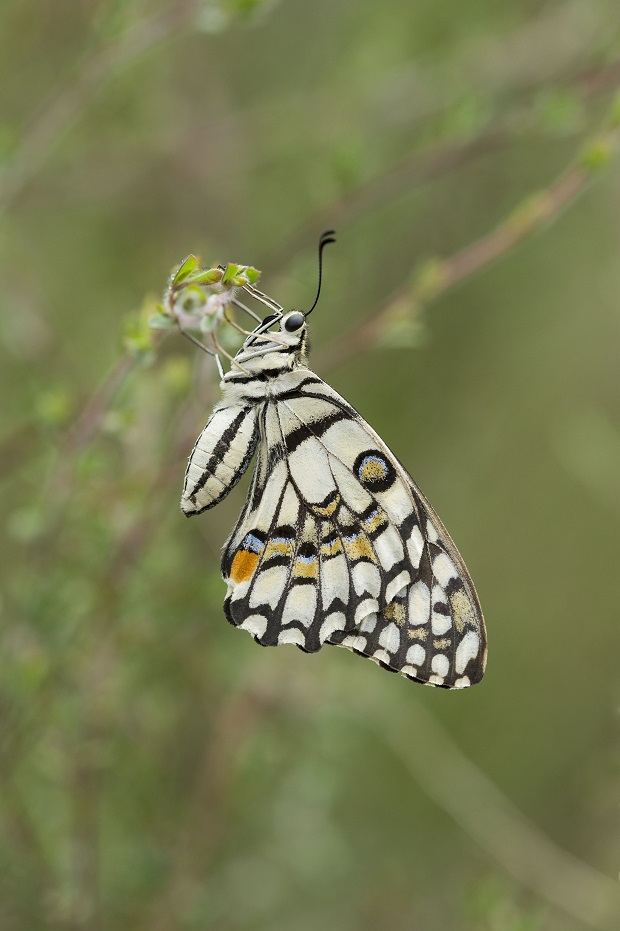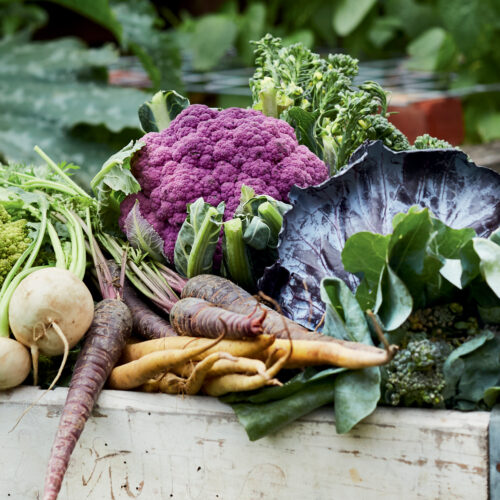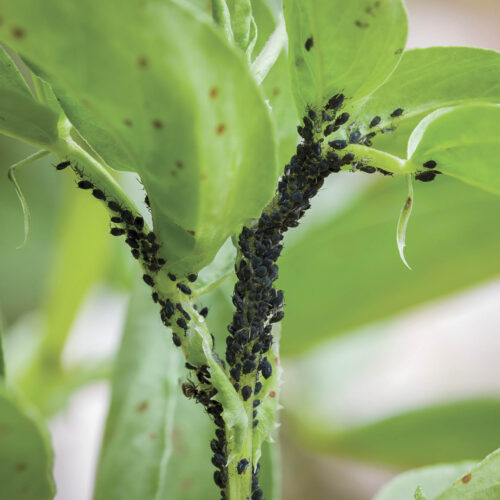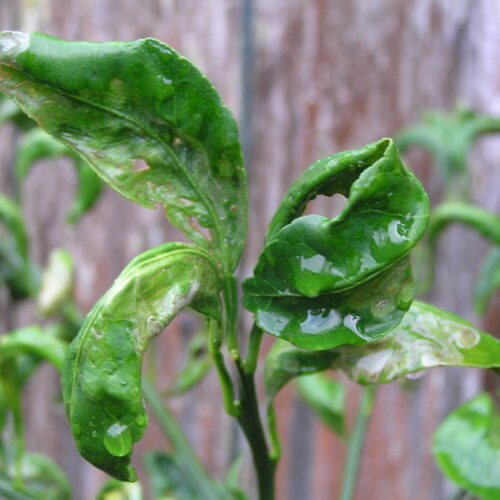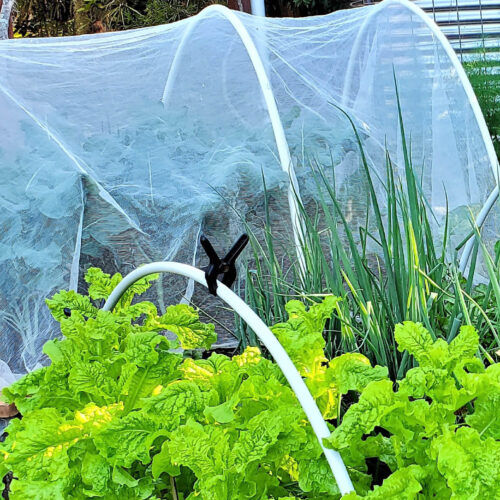Rules of attraction
2012-01-31T23:38:32+11:00
SIMON WEBSTER investigates how to attract butterflies and their role in the garden.
Butterflies may not be essential to an organic garden in the way bees are – while they are pollinators, they tend not to pollinate edible plants, so we wouldn’t starve if they disappeared – but there’s no doubt their presence makes a garden a happier place. And they are an integral part of the web of life.
“The role they play in gardens is as living flowers,” says Professor Roger Kitching, professor of ecology at Griffith University’s school of the environment, and author of The Butterflies of Australia. “A flower gives the gardener aesthetic pleasure, and so do butterflies. This is an important role, in my opinion.”
The Cabbage White and Citrus Swallowtail aside, butterflies and their caterpillars are not serious pests for food growers. The simple flowers of plants such as asters and daisies attract a wide range of butterflies, as do the colours yellow and purple. But butterflies will only hang around if there is food for their offspring, too.
While most adult butterflies eat nectar (though some have a liking for bird droppings or fallen fruit), most caterpillars feed on leaves. The exceptions include those that feed on buds and open flowers, and those that live inside seeds; the Bright Cornelian caterpillar spends its life inside the seed of rainforest plants such as the tuckeroo (Cupaniopsis anacardiodes). This butterfly is thriving in places such as Brisbane, where tuckeroos have been planted as street trees.
“If you want to establish butterflies in your garden you have to have caterpillar food plants,” says Professor Kitching. “These are often quite specific.” To work out what to plant, the best thing to do is get hold of a good butterfly field guide.
“You need to know what butterflies you can reasonably expect to find in your region,” says Professor Kitching. “Look at the distribution maps. Then go to the food plant list and find out what they like to feed on.”
If a particular butterfly in your backyard catches your eye you can use a field guide to identify it, find out what brought it there, and encourage those plants to grow. If you still can’t identify it with a field guide, send a photo to a museum or local naturalist society.
Wild about weeds
Neat-freaks look away: butterflies like weeds. “They will visit but won’t settle in a garden that is ordered and tidy with no native plants or weeds,” says Professor Kitching. “Where your dog pees you might have a patch of nettles. Leave it there. It is the only food plant of the Australian Admiral.
“If you want Crow butterflies you need silkpod vines (Parsonsia straminea), which grow up eucalyptus trees. If you’ve got a gum tree with mistletoe on it, leave it there. Few butterflies breed on gum trees but 20 to 30 species Australia-wide breed on mistletoe.”
Milkweed is another host plant for butterflies. African milkweed (Asclepias fruticosa syn. Gomphocarpus fruticosus), also known as cotton bush, is easy to spot: its seeds hang in large hairy sacks.
Along with other milkweeds it feeds the Wanderer, an import from North America that kept hitching a ride Down Under, but didn’t get established here until milkweed was also established.
The only other introduced butterfly species in Australia (out of about 400 in total) are the Lantana Scrub Hairstreak (introduced to eat lantana, but not doing nearly as well as the lantana is) and the dreaded Cabbage White.

